Introduction
The planning and implementation of a chlorine gas system requires the collaboration of various trades. The requirements concerning architectural areas, electric ranges, the water treatment plant, water supply, safety technology, fire protection and much more. From experience, a summary of the requirements of the insurance companies should be led. This checklist should form the basis of the selection of the disinfectant and are included in the calculation of the profitability.
If the decision is chlorine gas as “Disinfectant of choice” met, the list should be distributed already within the coordination of planning with the fields. A protocol of transfer is useful for future discussions.
Checklist for chlorine gas plants.
for accident prevention "Chlorination of water" (GUV 8.15 later GUV-V D 5), Without guarantees for completeness!
-
Is the space for chlorine gas labeled as such and equipped with the necessary safety signs?
(attachment 3 sheet 7: Safety sign according to DIN 4844)
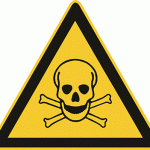
caption: Chlorination access only to trained personnel
Annotation: Side length of the character at least 200 mm. In stationary chlorination using chlorine gas outside of enclosed spaces and portable chlorination using chlorine gas, the shield is to be attached to the system.
-
Is the protection of persons available and stored outside the room with chlorine gas?
(§ 12 paragraph 1.3 Respiratory protection device as a full face mask with an effective filter against chlorine and at least 1 Replacement filters.)
Annotation: The device should be disinfected after each use. Replacement and additional filters are recommended.
- If the protective equipment in?
(attachment 3 sheet 7: Mandatory sign according to DIN 4844)

-
Is an operating instruction available and accessible?
(§ 9. Paragraph 1 The entrepreneur has the or using the manufacturers of chlorination plants. Chemicals supplied operation- set up an operating manual in an understandable form and language and instructions. It must in particular contain information on the in- and decommissioning, the operation and maintenance of the system, the behavior in case of incidents and measures to respond to threats.)
-
Is a list of trained personnel out and up to date?
(§ 10. With the operation and maintenance of chlorination as well as the handling of chemicals only persons may be commissioned, who have been trained in it and one of which is to be expected, that they perform their tasks reliably.)
-
Is the chlorine gas space the chlorine gas supplies only the plant itself and present?
(§ 5 Paragraph 1; In chlorine gas chambers only chlorination may be present using chlorine gas and stored chlorine container.)
Annotation: It should be excluded interaction with other systems and or chemicals.
-
If the chlorine gas space solely a connection to the outside?
(§ 5 Paragraph 2: Chlorine gas spaces must not be connected to other rooms and must be resistant and gas-tight separated from this fire.)
Annotation: It is intended to prevent another room of the conversion of the chlorine gas.
-
Are all potential connections such as cables or pipes gas tight and fire retardant?
(§ 5 Paragraph 2)
Annotation: Pipelines for the transport of chlorine gas and water are necessary as connections to other rooms. The connections for pipelines need a suitable fire safety. Cables are required as power supply and signal routing as the connection between the spaces. Cables must therefore be incorporated at least in the area of penetration of a wall in a fire retardant quality. In case of fire the passage of the fire must be prevented in both directions. This connection must already be gas-tight for the normal operation of the plant.
-
If a water-spray system is present and active?
(§ 5 Paragraph 3: Chlorine gas facilities must be equipped for depositing escaping chlorine gas with effective water sprays. The operation of the water spray system must be possible outside vulnerable areas by hand. An effective water spray produces a veil of water completely fills the space. Effective water spray, for example, by Sprühstrahldüsen with a beam angle of approximately 120 ° and average droplet size below 0,8 generated mm. The number and arrangement of the nozzles is determined by the room size and the amount of water per nozzle. The necessary amount of water is usually with 2000 Liters of water per hour and room to accept.)
Annotation: Pay attention, by spraying water into a chlorine gas mist to produce hydrochloric acid. Entering the space is dangerous even with irrigation.
-
If the manual activation of the water spray system from the outside, mechanically and frost?
(§ 5 Paragraph 3)
Annotation: The activation of the safety water system must not be dependent on other systems or requirements. The system must be usable even in frost.
-
Is an antifreeze heater available?
(§ 5 Paragraph 3)
Annotation: The security water system must be protected against freezing. With consumption of chlorine gas from the bottles a large amount of energy is absorbed is. This energy consumption cools the space below if necessary 0 degree Celsius. The security water system could freeze even at high outside temperatures. Therefore, the heating is also active in summer.
-
If the chlorine gas space a floor drain?
(§ 5 Paragraph 4 Chlorine gas rooms must be provided with adequate size for the spray water drains with odor trap.)
Annotation: Upon activation of safety-water system the chlorine gas is reformed to liquid hydrochloric acid and HOCl. Both liquids must be derived. The risk of the introduction of acids should be made known to the operator of the wastewater treatment plant.
-
If the floor drain in the chlorine gas space of a trap?
(§ 5 Paragraph 4)
Annotation: When the leakage of chlorine gas in a chlorine gas space is not detected and the time until activation of the safety system of water, the chlorine gas would flow into the floor drain, and thereby to spread in the underlying areas. A trap prevents this.
-
What is the filling of the drain trap secured?
(§ 5 Paragraph 4)
Annotation: In the trap liquids are introduced only in an emergency. There is a risk, the trap "dries". About the operating instructions of the system or on a time-controlled extra valve in the safety water system regularly filling must be secured.
-
If the chlorine gas room a direct access to the outside?
(§ 5 Paragraph 5 Chlorine gas rooms must have a direct exit to the outside. Doors of chlorine gas storage rooms must open outwards and can be opened at any time from the inside without a key.)
Annotation: Chlorination plants must be placed in lockable rooms. For the chlorination certain chemicals must be stored in lockable rooms. Chlorination and chemicals are to be protected against the weather and out of the reach of unauthorized persons.
-
Opens the door of the chlorine gas space to the outside?
(§ 5 Paragraph 5)
Annotation: With panic a person in the chlorine gas room, the door has to be pushed outwards.
-
the door can be opened at any time from within?
(§ 5 Paragraph 5)
Annotation: The closure of the door must be designed, that the door can be opened from the inside at any time. This applies even if key was sealed from the outside by means of.
-
are the chlorine gas chambers closed?
(§ 5 Paragraph 5)
comment: Chlorination plants must be placed in lockable rooms. For the chlorination certain chemicals must be stored in lockable rooms.
Chlorination and chemicals are to be protected against the weather and out of the reach of unauthorized persons.
-
If the floor of the chlorine gas space above the level of the ambient?
(§ 5 Paragraph 6 The floor must be level, output side must not be less than the subsequent ground surface and can have a maximum loading dock height.)
Annotation: Chlorine gas is heavier than air and would remain collected in the room.
-
If the floor of the chlorine gas space at the same height to the loading ramp?
(§ 5 Paragraph 6)
Annotation: The floor must be flat and have no obstacles for the safe transport of bottles.
-
If the floor of the chlorine gas space at the same height to the loading ramp?
(§ 5 Paragraph 6)
Annotation: The floor must be flat and have no obstacles for the safe transport of bottles.
-
Are leading to the outside ventilation openings no greater than 2x 20cm²?
(§ 5 Paragraph 7 Escape danger-bringing gas from chlorine gas chambers is to prevent. This can be achieved, that leading into the open vents on 2 x 20 cm2 are limited.)
-
If the line for excess chlorine gas is not out into the open on the dispenser?
(§ 5 Paragraph 7 Escape danger-bringing gas from chlorine gas chambers is to prevent. This can be achieved, that (…) the pressure relief valve is not guided by the chlorinator in bathrooms outside, but ends in the chlorine gas space.)
-
Is a chlorine gas warning device fitted with optical and acoustic display and coupled to the security water system?
(§ 5 Paragraph 7 Escape danger-bringing gas from chlorine gas chambers is to prevent. This can be achieved, that (…) in chlorine gas areas in special cases, for example. structurally unfavorable position, is a chlorine gas detector with optical and acoustic display installed and coupled to the water spray.)
-
There are no connections to other rooms, shafts, Pits or air intakes of the ventilation?
(§ 5 Paragraph 8 Of chlorine gas chambers in case of trouble escaping chlorine gas must not in others, low-lying areas, shafts, pits, can penetrate for ventilation systems canals or aspirating.)
Annotation: Particularly in the leaves, minimum distances to holes in the ground outside the chlorine gas space. An example is an open stormwater drains.
-
Work, the pipes of removing the chlorine gas from the bottle until the metering point by means of underpressure?
(§ 5 Paragraph 9)
Annotation: Other systems should not be used.
-
Is the space for storage of chlorine gas designed to, that room temperatures of 50 ° C are not exceeded?
(§ 5 Paragraph 10 The temperature of chlorine gas spaces must 50 not exceed ° C.)
Annotation: note environmental conditions.
-
If one or more safety devices available, which dependent on the flow stops the supply of chlorine gas?
(§ 6 Paragraph 1)
Annotation: Flow switch in the pipe.
-
If there are enough devices available, to secure the chlorine gas cylinders from falling?
(§ 15 Paragraph 1)
-
The valves are opened chlorine containers manually without aids and closed?
(§ 15 Paragraph 2)
-
Is a suitable test fluid for detecting leaks exist?
(§ 15 Paragraph 8)
Annotation: For example, ammonia
-
Are suitable transport facilities available?
(§ 15 Paragraph 10)
Annotation: The container is to be secured on the apparatus.
-
If the system been checked for leaks and general?
(§ 19. Paragraph 1 Chlorination plants may only be put into operation, after having checked by an expert for their proper condition and thereby gas-carrying parts of a leak test has been subjected in particular.)
-
Has the function of the Safety water system tested?
(§ 19. Paragraph 3 ... testing the water spray and chlorine gas detector are before first use, after changes, then at least. all 6 perform months.)
(The end of the checklist)
Checklist for download for registered members:
[wpdm_package id=’1428′] [wpdm_package id=’1431′]Copy of the insurance provision:
[wpdm_package id=’1440′]Checklist for download for registered users with automatic translation:
[wpdm_package id=’1433′] [wpdm_package id=’1434′] [wpdm_package id=’1437′] [wpdm_package id=’1438′]

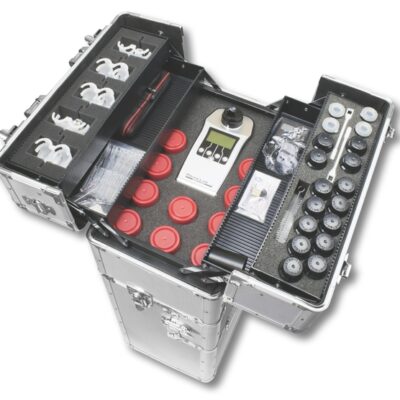
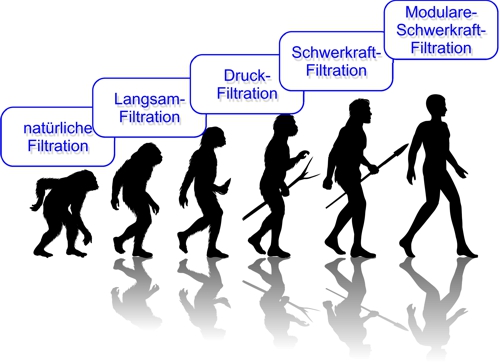
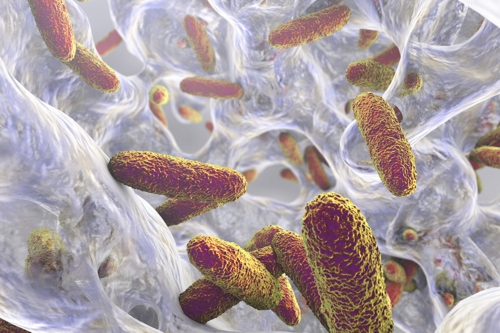
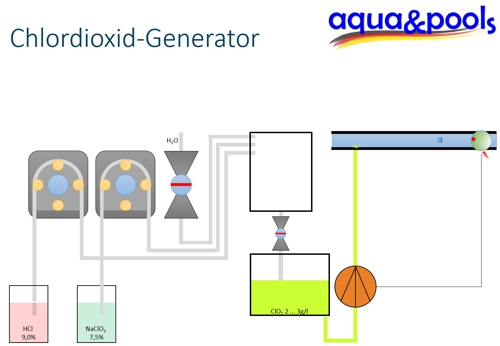
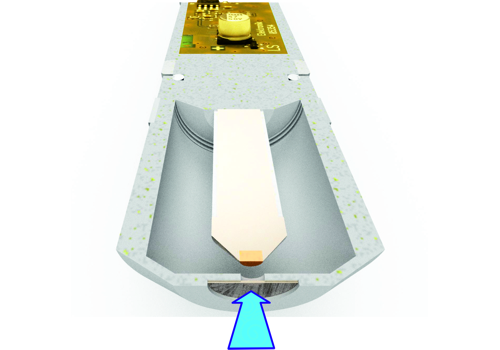

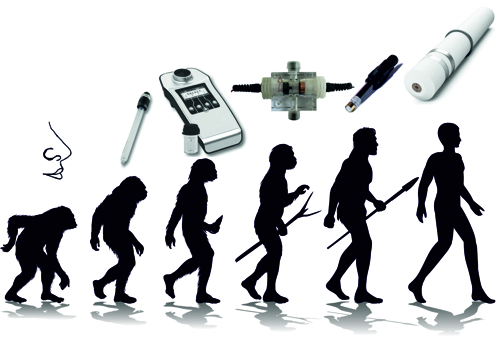
Leave a Reply
You must be logged in to post a comment.